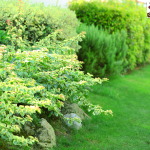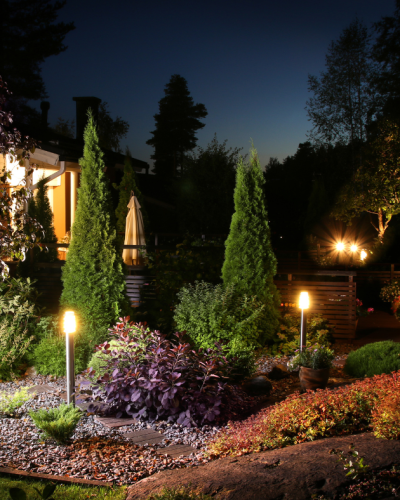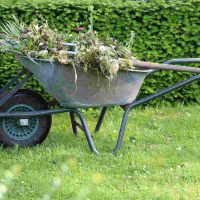
Handling Storm Damage in Urban Areas: Expert Tree Service Guide
August 13, 2025
Modern Landscaping Designs: Blending Stones and Greenery
August 27, 2025Maintaining trees in small yards doesn’t need to be expensive or complicated. With the right approach, cost-effective tree care can keep your outdoor space healthy, safe, and attractive without draining your budget.
Choosing the Right Trees for Limited Space
The best tree care starts before planting. Select species that remain manageable as they mature, such as olive, wild peach, or kei apple. Smaller trees need less pruning, cause fewer root issues near foundations, and use less water—ideal for compact suburban gardens or smaller outdoor spaces.
Pruning Without Professional Costs
Pruning is essential for shape, safety, and growth. Instead of waiting until branches become hazardous, trim smaller growth regularly with simple hand tools. This reduces the need for expensive emergency services later. Always cut just above the node to encourage healthy regrowth.
Soil Health Matters
Healthy soil is the foundation of a thriving yard. Regularly aerate compacted soil and enrich it with compost or organic matter. Well-nourished soil improves root development, reduces the need for fertilizers, and supports long-term tree vitality.
Mulching with What You Have
Mulch conserves water and protects roots, but you don’t have to buy it. Yard waste, chipped branches, and dry leaves make excellent mulch. This approach saves money and reduces landfill waste while improving soil health.
Water-Wise Strategies
In South Africa’s dry seasons, water costs add up. Use greywater from laundry or showers to keep trees hydrated, as long as you avoid harsh detergents. Planting indigenous trees also lowers water demand while keeping your yard naturally adapted to the climate.
Focus on Long-Term Growth
Cost-effective tree care begins with early investment. Regular formative pruning while trees are young prevents expensive corrective work later. Choosing slow-growing species suited to small yards reduces the risk of overgrowth. With consistent attention, even limited spaces can enjoy the shade and beauty of well-managed trees.


